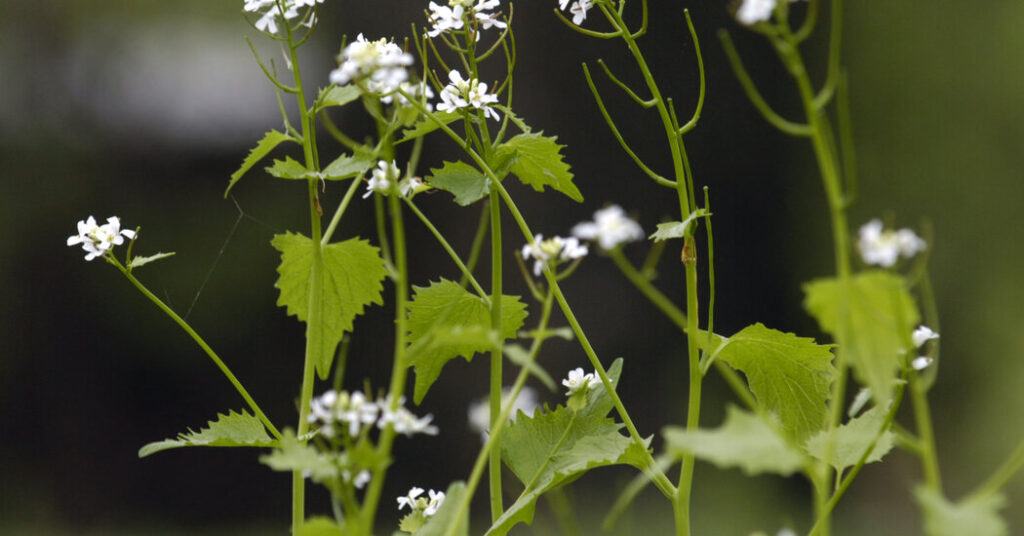“Five years ago, I didn’t really see it as that important,” Heberling said of these efforts. “I saw it as more of a distraction.” What seemed like mere semantics took on new urgency during the Covid-19 pandemic, however, when Heberling noticed invasive plants from Asia provoking racist comments. “Making some of these small changes in what we call a particular plant can change how people think about that plant and how people think about the problem,” he said.
Visual artists are introducing these conversations, long confined to scientific papers and scholarly journals, to broader audiences of museum and gallery goers. Some artists say it’s a mind-set problem. What would happen if we saw unkillable weeds as resilient survivors?
“People just don’t know what to do with monstrosities,” said Precious Okoyomon, an artist and poet who frequently grows kudzu, Japanese knotweed and other reviled plants in living installations. “I try and make a lot of space for them because they’re not monstrosities. I believe they’re miracles.”
Invasive species, Okoyomon points out, frequently become scapegoats for human blunders. Before it became known as “the vine that ate the South,” kudzu was embraced as a remedy to the ravages of soil erosion across the former Cotton Belt. “We can’t just use things to try and cover up environmental impacts, and then call them menaces when they don’t work,” said Okoyomon, who uses they/them pronouns.
With projects like “Theory of a Curve,” a garden of invasive and native plants at Cornell University, the artist hopes to dispel the fear surrounding “alien” species. “When we free ourselves from these violent, mythmaking languages and just see things for really what they are, we can start to understand them a bit better,” they said. “We can work with them.”
Other artists do just that, harvesting invasive species as raw materials. In the past year alone, there have been exhibitions from the artist Lisa Jevbratt, a professor at the University of California Santa Barbara and her collaborator Helén Svensson, who dye wool with fennel, wisteria and other overabundant species on Santa Cruz Island, and the emerging New York artist Kay Kasparhauser, who derives pink pigment from the wings of spotted lanternflies, a species government officials say to squash on sight. Other artists have transformed honeysuckle, phragmites, tamarisk, reed canary grass and other invasive plants into handmade paper.
https://www.nytimes.com/2025/04/13/arts/design/art-collecting-invasive-species.html


